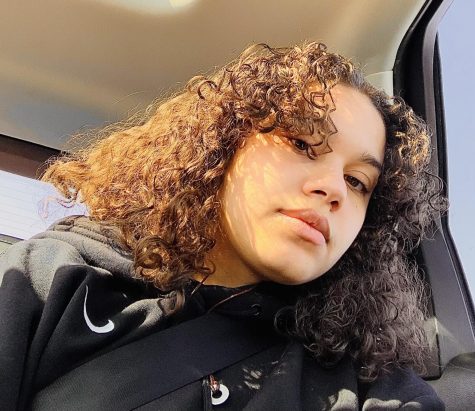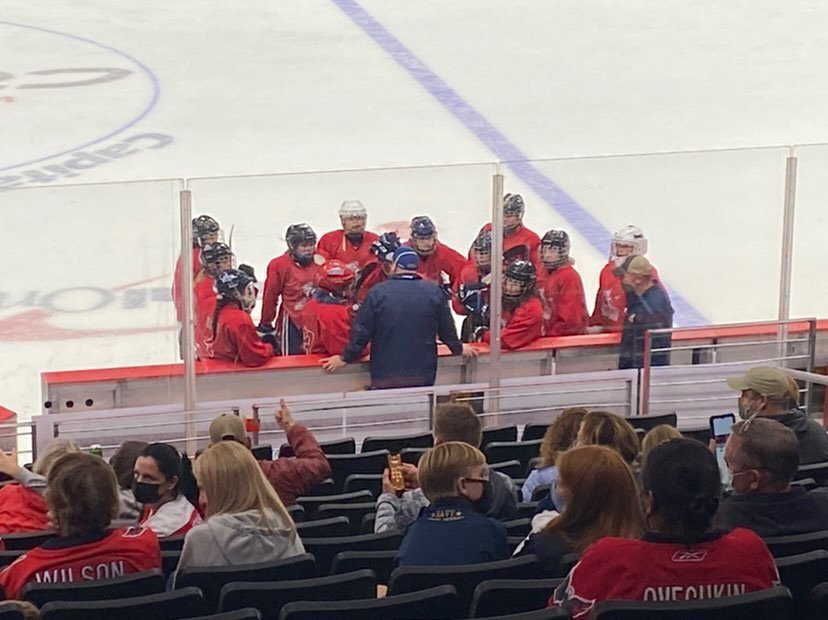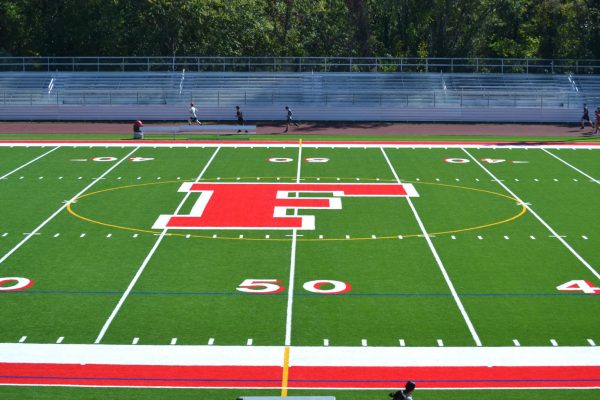Women Belong on The Ice
Women’s hockey teams all around have faced discrimination in their sport because they’re women playing a sport most known for the men’s team. The differences in women’s hockey and men’s hockey are small, but Justin Randle, a hockey player, writes about these in his article Men’s vs. Women’s Hockey-What are the main differences? “ Women are required to all wear full face masks while playing,” he writes.
Another difference is in the rules of the game. “In Women’s Ice hockey, at the Olympic level, women are not allowed to make a direct body check.” This rule is also present in the collegiate level but according to Randle it “reads differently” either way, this rule stops hockey fans from watching women’s hockey because “ Many hockey fans love the fact that men can check when they are on the ice…”
Audrey Rehaulk, Junior, has been playing Ice Hockey for nine years and skating since she was 2. She currently plays for The Potomac Patriots 14u [ages 13 and 14] girl team and has played on co-ed teams in the past. Rehaulk speaks about her experiences with co-ed teams and the locker room situations, “…if you’re playing on the guys’ team they’ll, instead of putting you in the locker room with the guys, which I understand they can’t do but instead of giving you a locker room cause there’s only a few of us [girls] they’ll usually just stick us in a storage closet…”
One reason as to why women’s hockey gets worse treatment is because of the leagues. Kayla Paiocco writes about this in her article The Reality of Women’s Hockey saying, “ The aforementioned leagues National Hockey League (NHL), Ontario Hockey League (OHL), and American Hockey League (AHL) are all exclusively male and are well-known, transnational organizations that provide drafted hockey players a living wage.” These leagues also provide training and financial support. Meanwhile, the women are not as well treated.
The Canadian Women’s Hockey League (CWHL) was the dominant organization for the women’s professional games but had numerous problems. “The CWHL was plagued by a scarcity of sponsors, growing financial problems, and poor advertising efforts, which led to a low game turn-out and lack of media interest,” says Paiocco. The CWHL started to make a turn for the better in 2019 but sadly collapsed due to financial problems.
Rehaulk believes that to fix the lack of media coverage of women’s hockey there needs to be “more interest in women’s hockey because honestly, it’s not there right now.” With more media coverage, Women’s hockey would be more known and get the same amount of attention as the male teams do. Paiocco mentions CBC’s commitment to “…making their sports coverage an equal split between both male and female Canadian sports.” With this effort, women’s hockey will get the media attention they’ve been looking for.
Thanks for reading The Falconer. We're happy to provide you with award-winning student journalism since 1963, free from bias, conflicts of interest, and paywalls. We're able to continue with the generous support of our local community. If you're able, please consider making a donation. Any amount is incredibly helpful and allows us to pursue new and exciting opportunities.

Hi, my name is Sabrina Brooks, and I am a senior. I am in Journalism II and this is my second year writing for The Falconer. I have four siblings, and...






